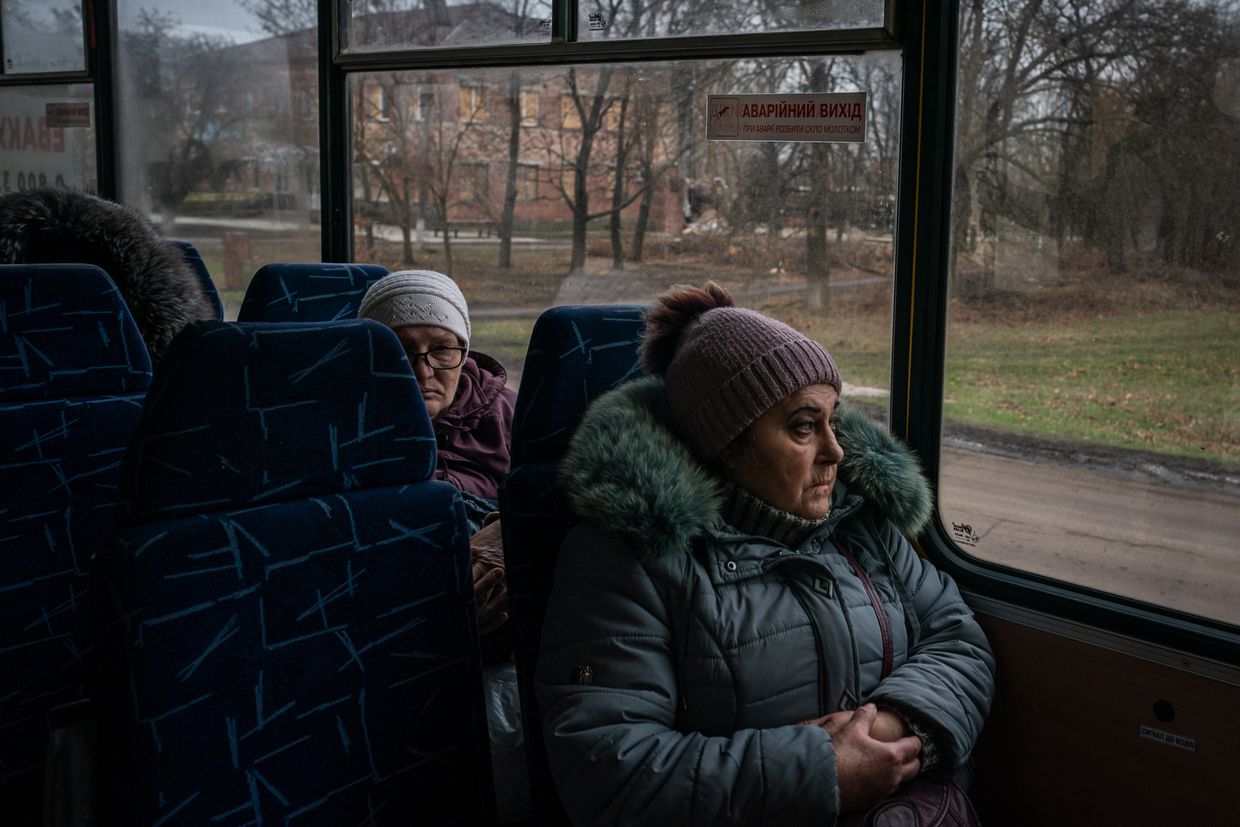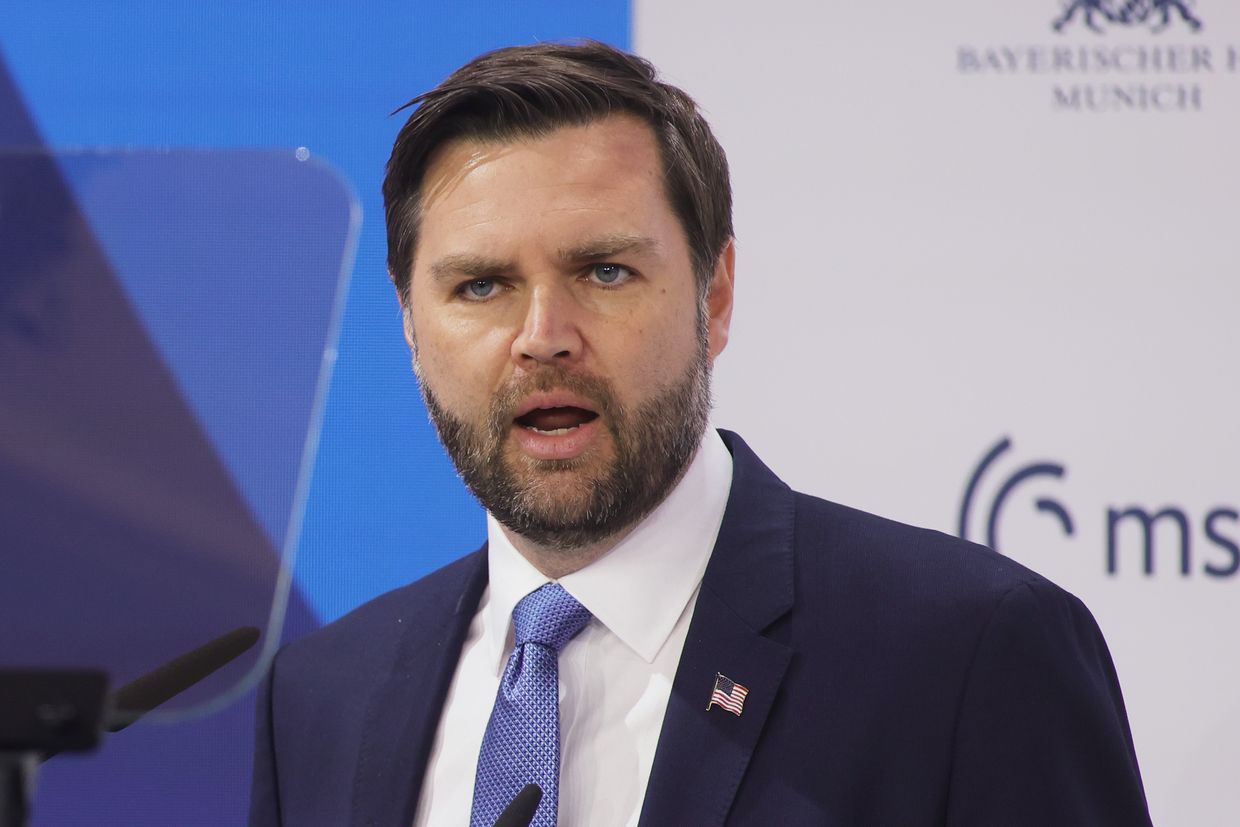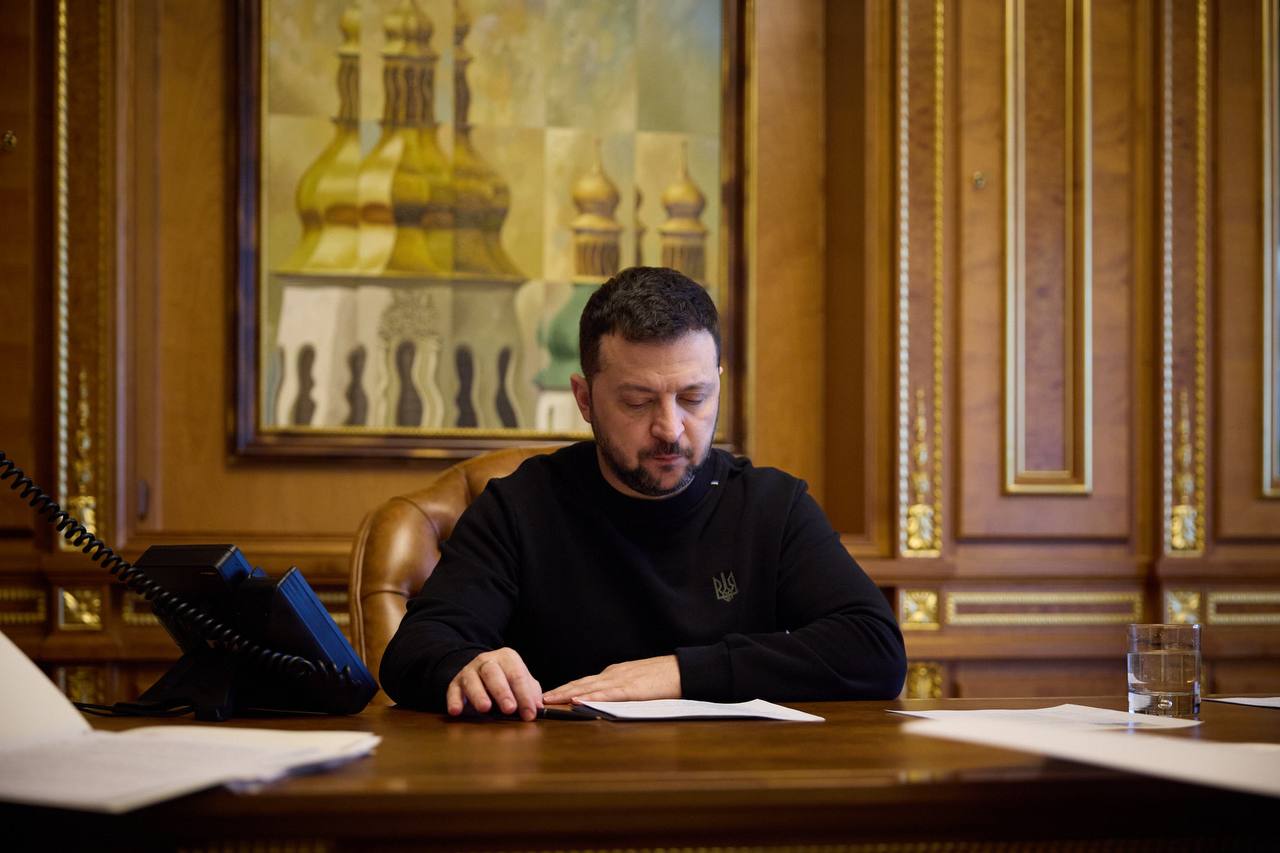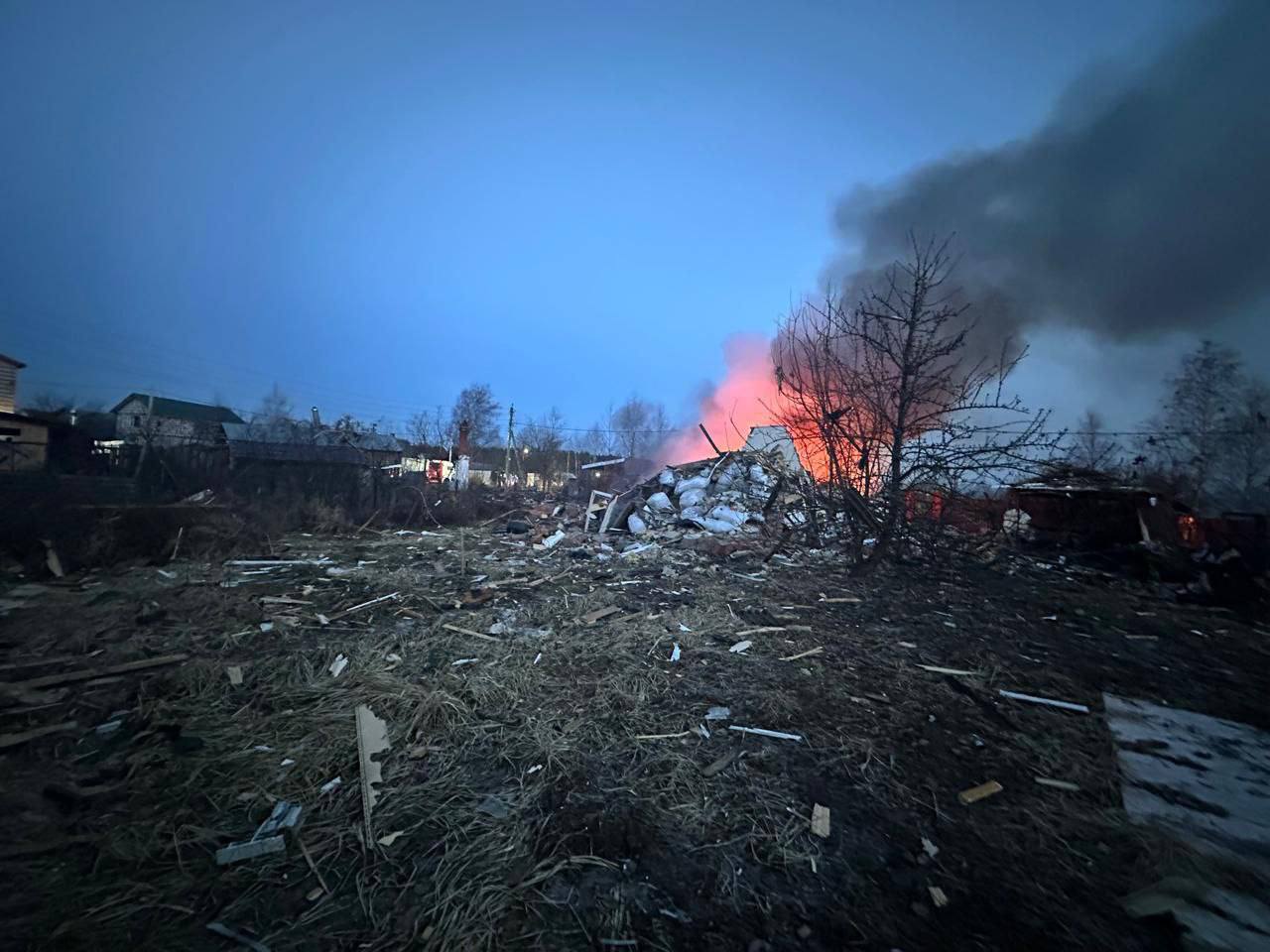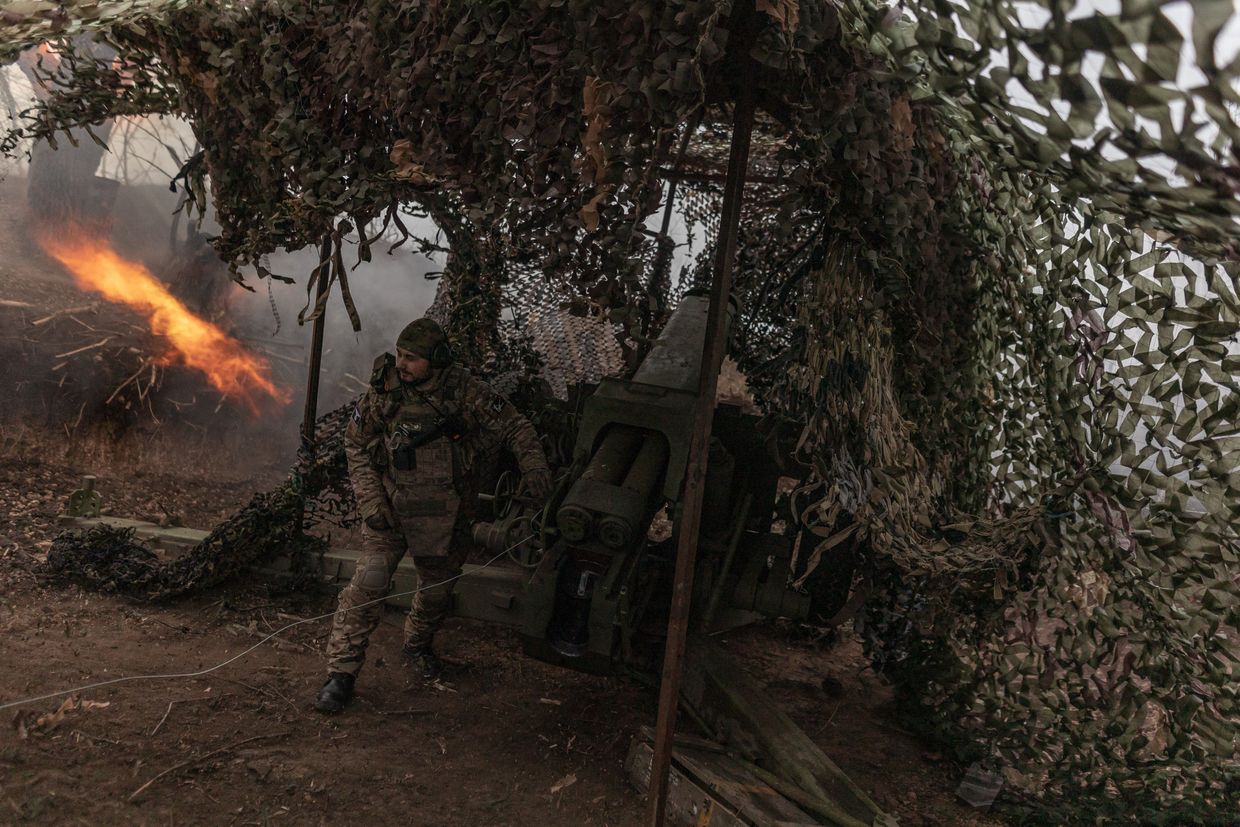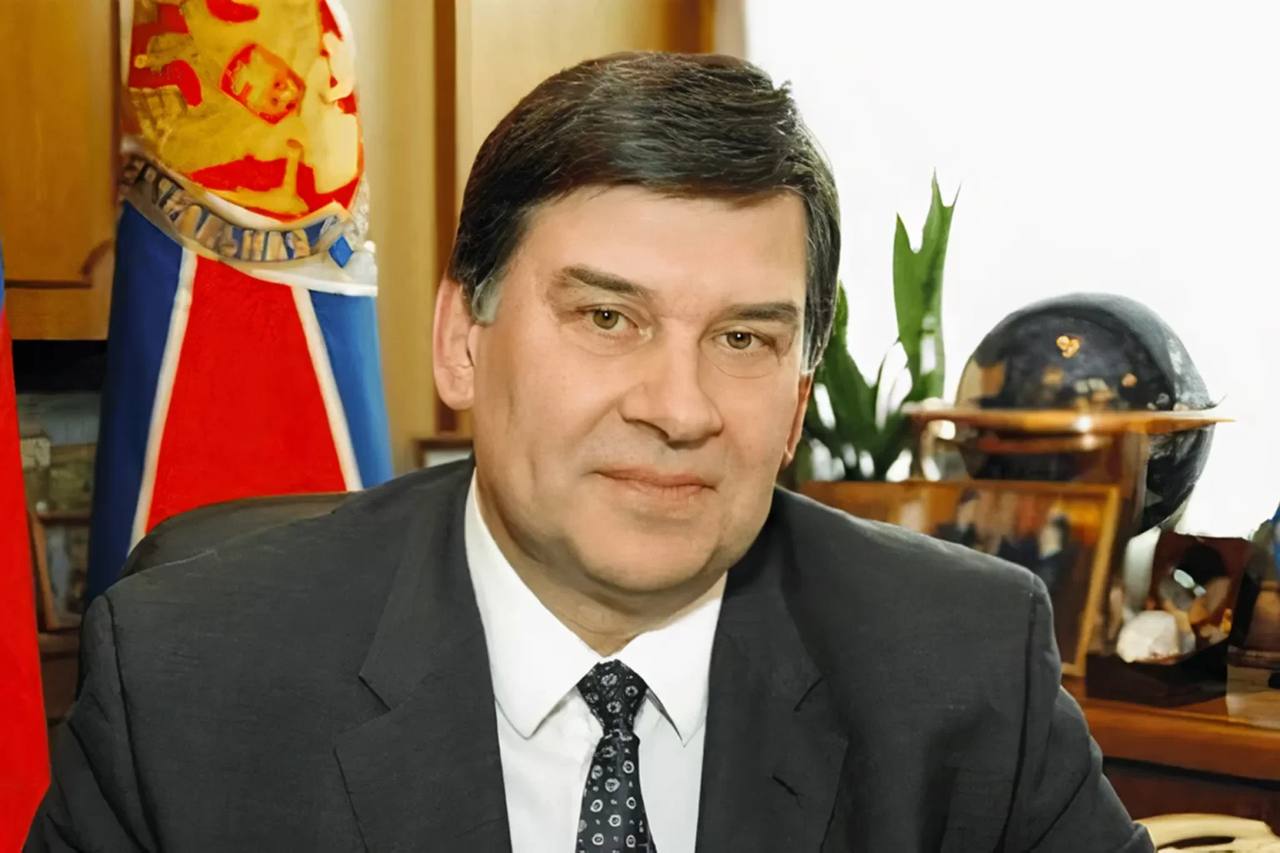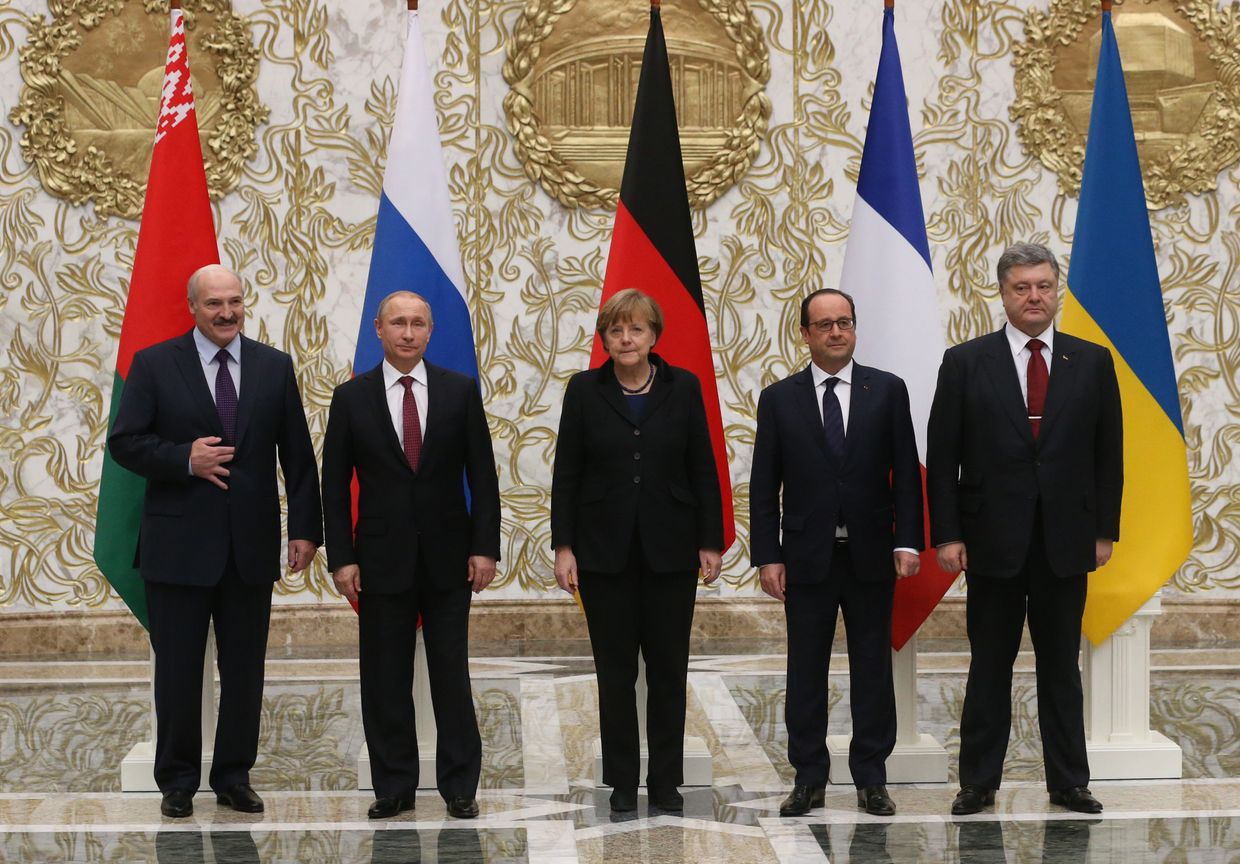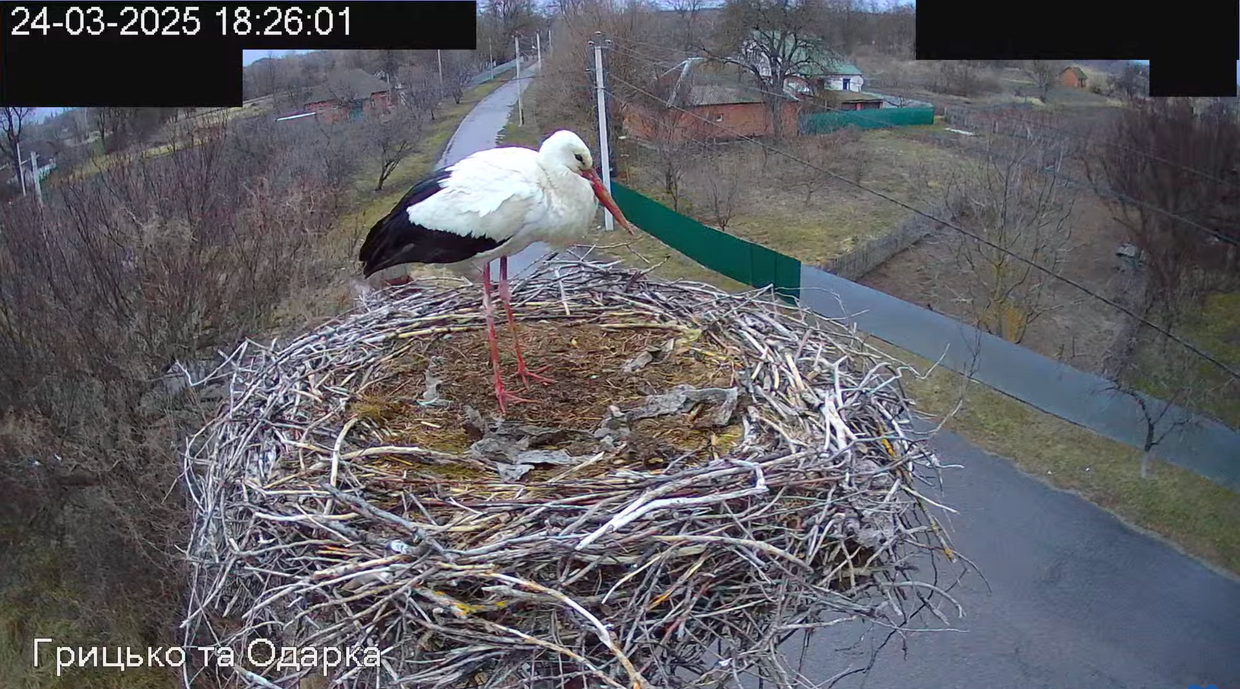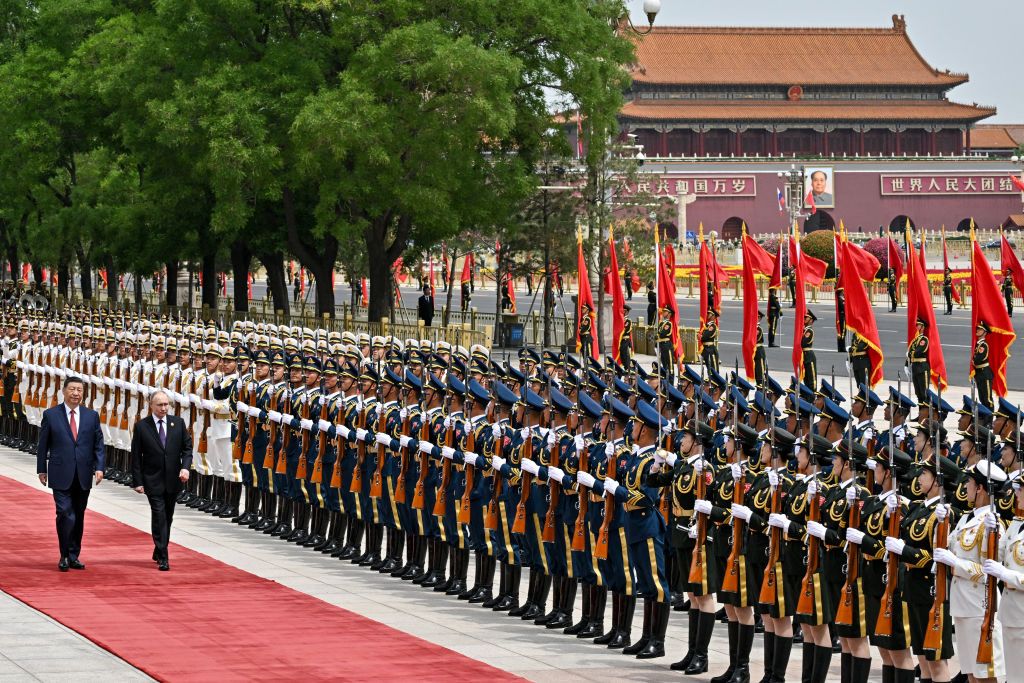Russian losses in Ukraine are helping fuel a demographic timebomb that could see the country’s population reduced by half by the end of the century, experts have told the Kyiv Independent.
“The impact on Russian society is devastating,” said Harley Balzer, emeritus professor of government and international affairs at Georgetown University.
“From Russia's perspective, (winning the war in Ukraine) is the smaller problem. The bigger issue is, is it going to be a viable country afterward regardless?”
Russia’s rising losses
According to Ukrainian figures, on Jan. 7, Russian losses passed another grim milestone, surpassing 800,000. The figures from the General Staff of Ukraine's Armed Forces do not specify killed or wounded. The overall consensus is that it includes dead, wounded, missing, and captured.
According to Ukraine's Commander-in-Chief Oleksandr Syrskyi, more than half of these losses — 427,000 — occurred during 2024, accelerating as the year progressed with no sign of slowing.
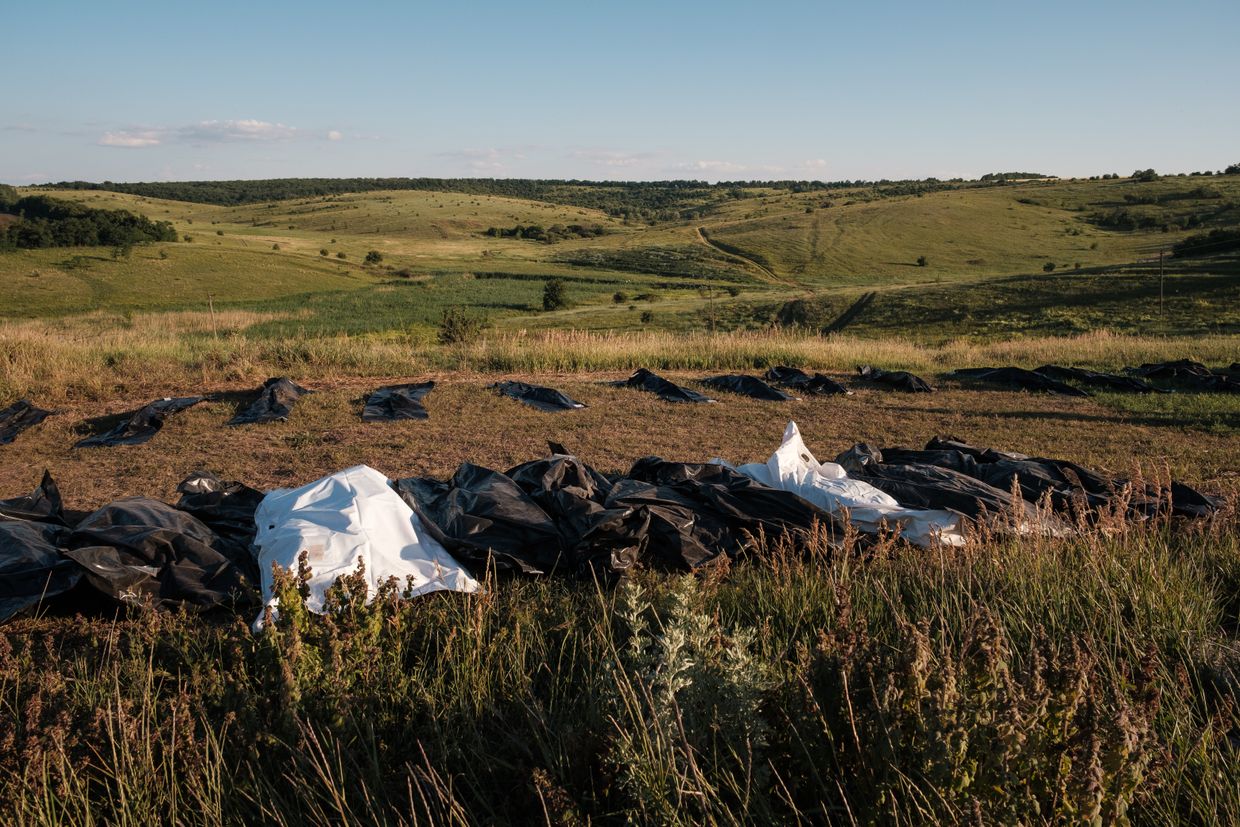
Russian forces suffered their deadliest day since the start of the full-scale invasion on Dec. 19, taking 2,200 casualties.
For comparison, the U.K. suffered 750,000 military casualties during the six years of World War II.
Ukraine has published daily estimates of the number of killed and wounded Russian soldiers since the early days of the full-scale invasion.
Initially, there was some skepticism about how accurate the numbers were, but as Ukraine's Western allies began to publicly release their own estimates of Russian losses, they have been broadly in line with those coming out of Kyiv.
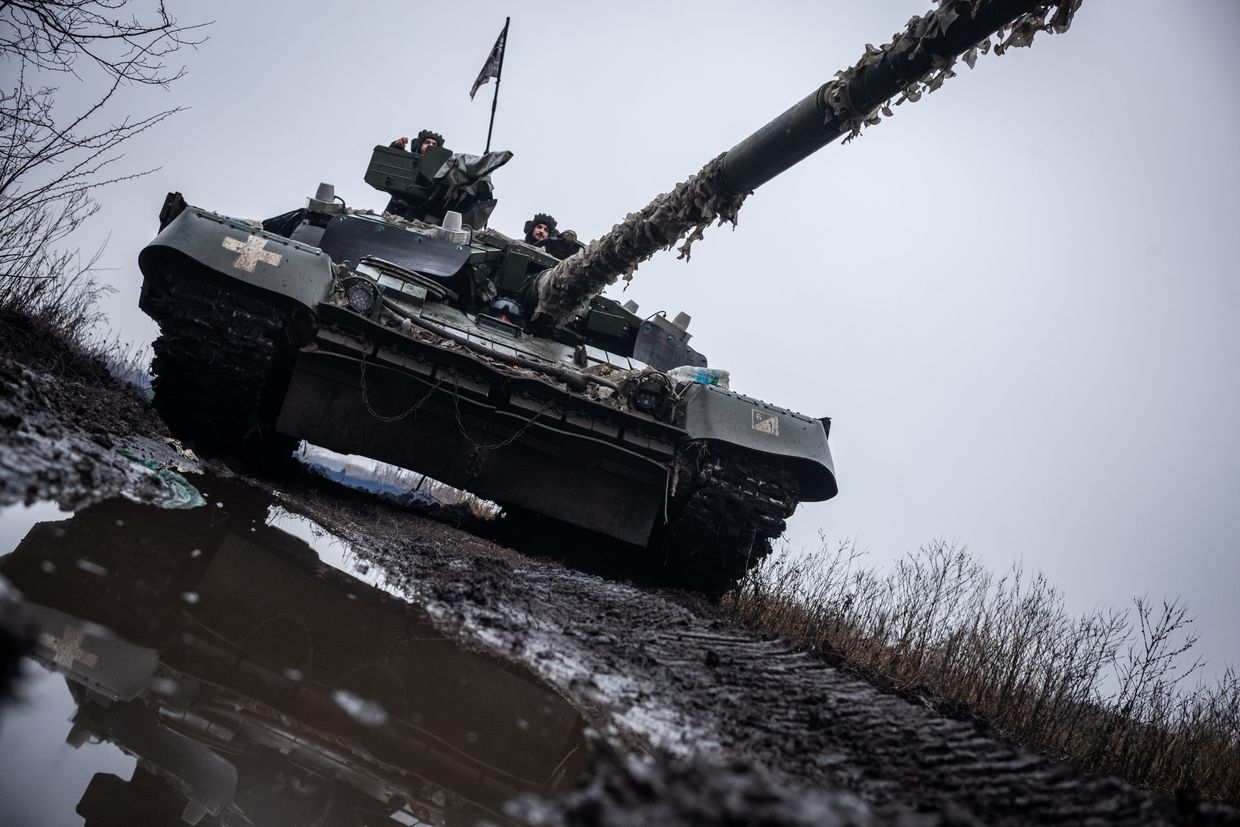
Russia’s historic demographic issues
Compounding the staggering losses sustained during the full-scale invasion of Ukraine is the fact Russia was already facing severe demographic issues before it launched the full-scale war.
“The Russian Federation was trapped long before its invasion of Ukraine in what I described as a demographic straitjacket,” Nicholas Eberstadt, who holds the Henry Wendt Chair in Political Economy at the American Enterprise Institute (AEI), told the Kyiv Independent.
“The Russian Federation was trapped long before its invasion of Ukraine in what I described as a demographic straitjacket.”
Eberstadt says that in terms of many indicators such as urbanization, education attainment levels, and family formation patters, Russia presents as a “typical European country.”
“What's not at all typical European is the very low level of human capital that we see in Russian Federation,” he says.
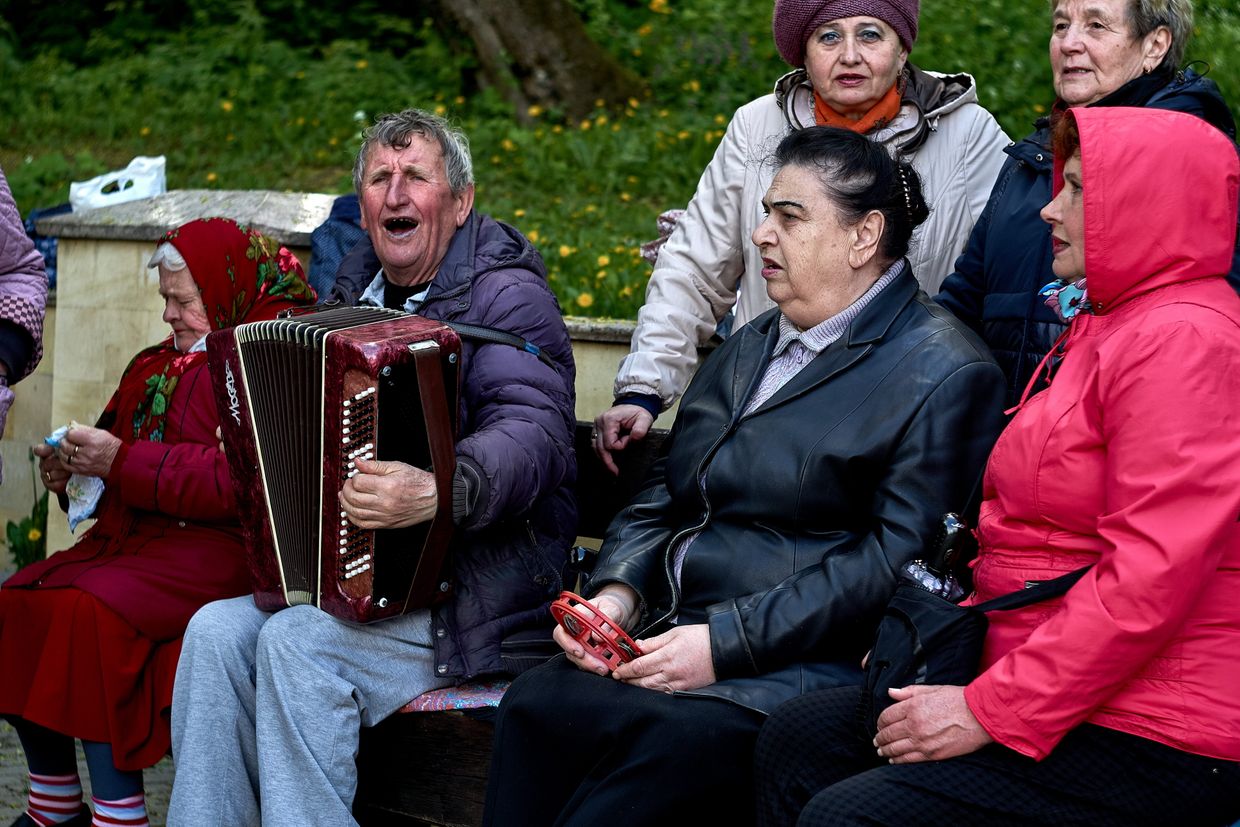
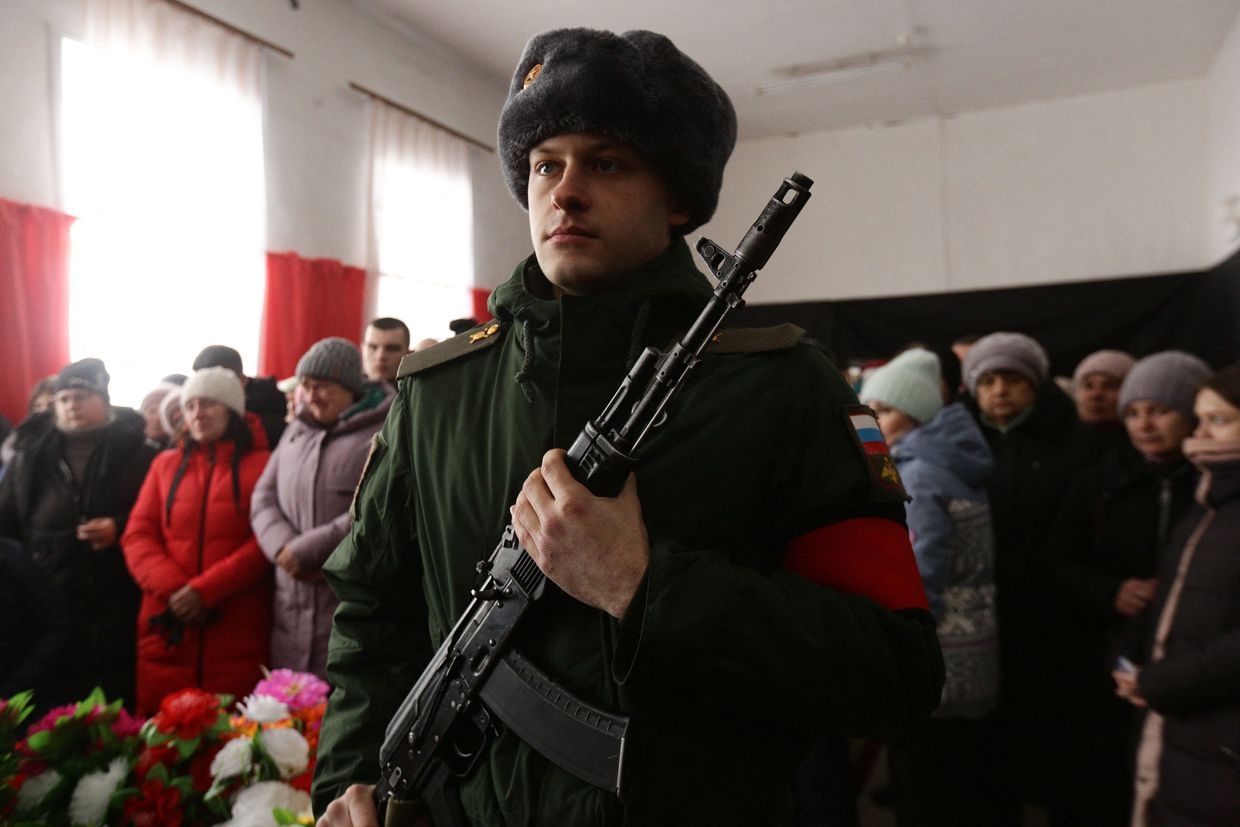
“Life expectancy for young men is on par with a fourth-world country. Life expectancy at age 15 for a Russian man right before the (COVID-19) pandemic was about the same as his counterpart in Haiti.”
A large study into why Russian males had such short life expectancies published in 2014 concluded one of the main factors in early deaths was excessive alcohol consumption.
Other factors cited in a more recent investigation last year by the independent Russian media outlet Cherta, included high rates of murder, suicide, car crashes, and other fatal accidents.
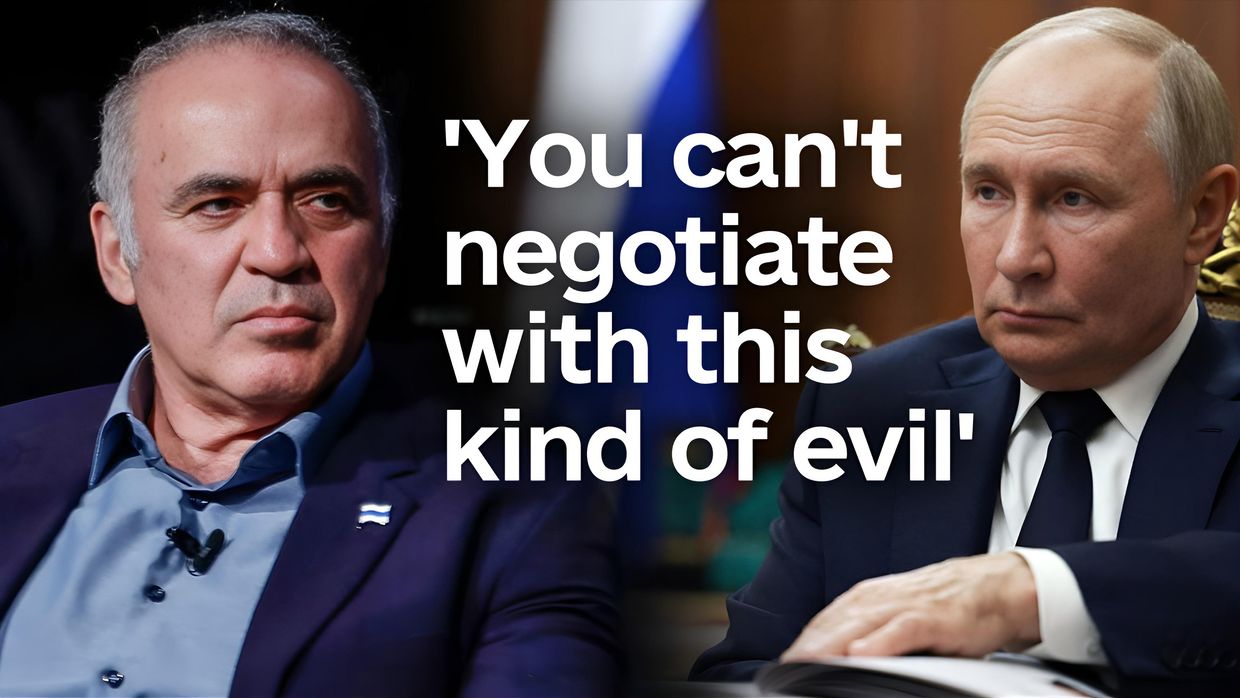
Russia’s declining birth rates
On top of this, Russia has long-faced a decline in birth rates which Eberstadt says started to go down after 2015.
“Demographers look at what they call a total fertility rate (TFR) which is births per women,” Eberstadt says, adding: “You need basically 2.1 in most countries to maintain your population.”
According to figures from the World Bank, Russia’s TFR was last at 2.1 in 1988. After declining steadily it began to rise again after 2000, but only reached a peak of around 1.8 in 2015, before falling again to 1.4 by 2022.
Recognizing the impending demographic timebomb, Russian President Vladimir Putin has gone to great lengths to encourage his people to have more babies.
Some of the efforts from the Kremlin have been relatively benign, with Putin simply calling on women to get pregnant for the sake of the country.
“If we want to survive as an ethnic group — well, or as ethnic groups inhabiting Russia — there must be at least two children (per family)," he said in a speech in February last year.
Other efforts, such as a crackdown on access to abortions, have been far more insidious.
Yet even with these efforts, the Kremlin only hopes to reach a TFR of 1.8 by 2036, far below the 2.1 needed to sustain the Russian population, estimated to be around 146 million currently.
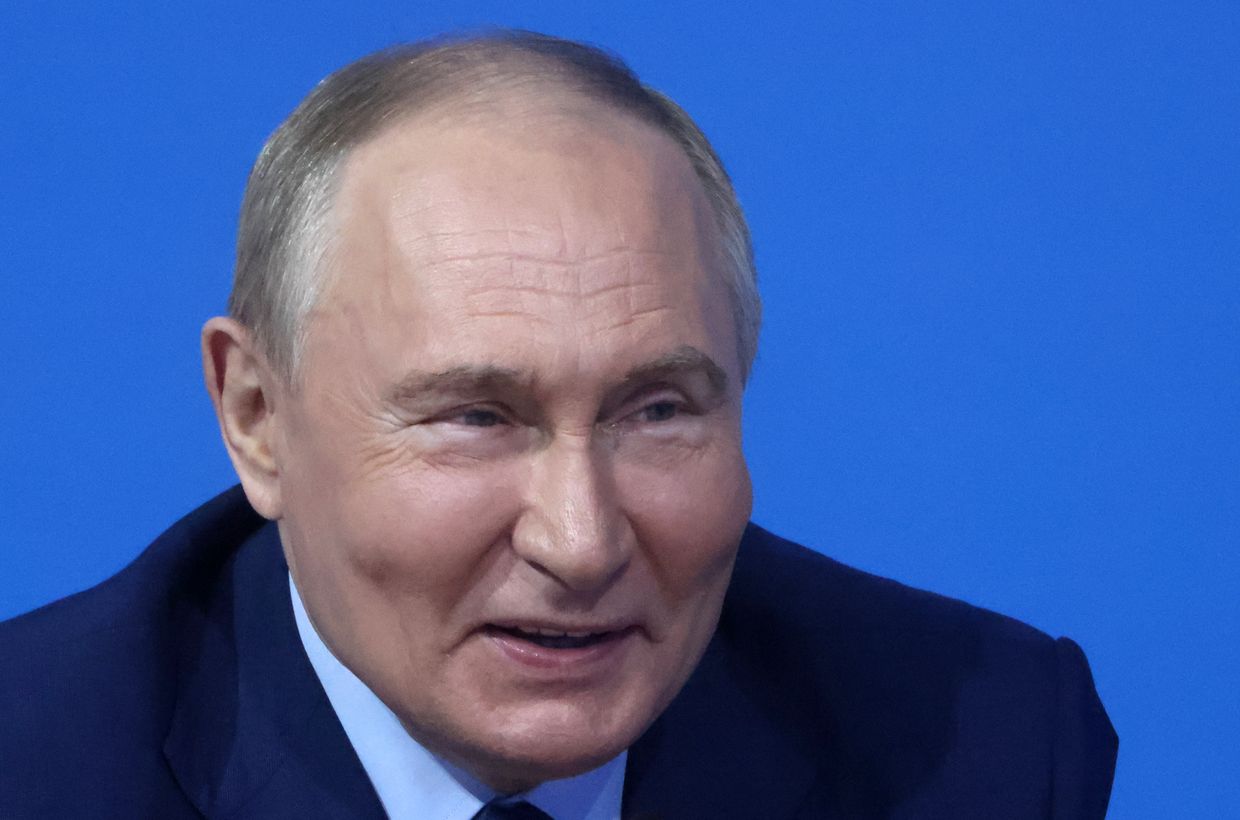
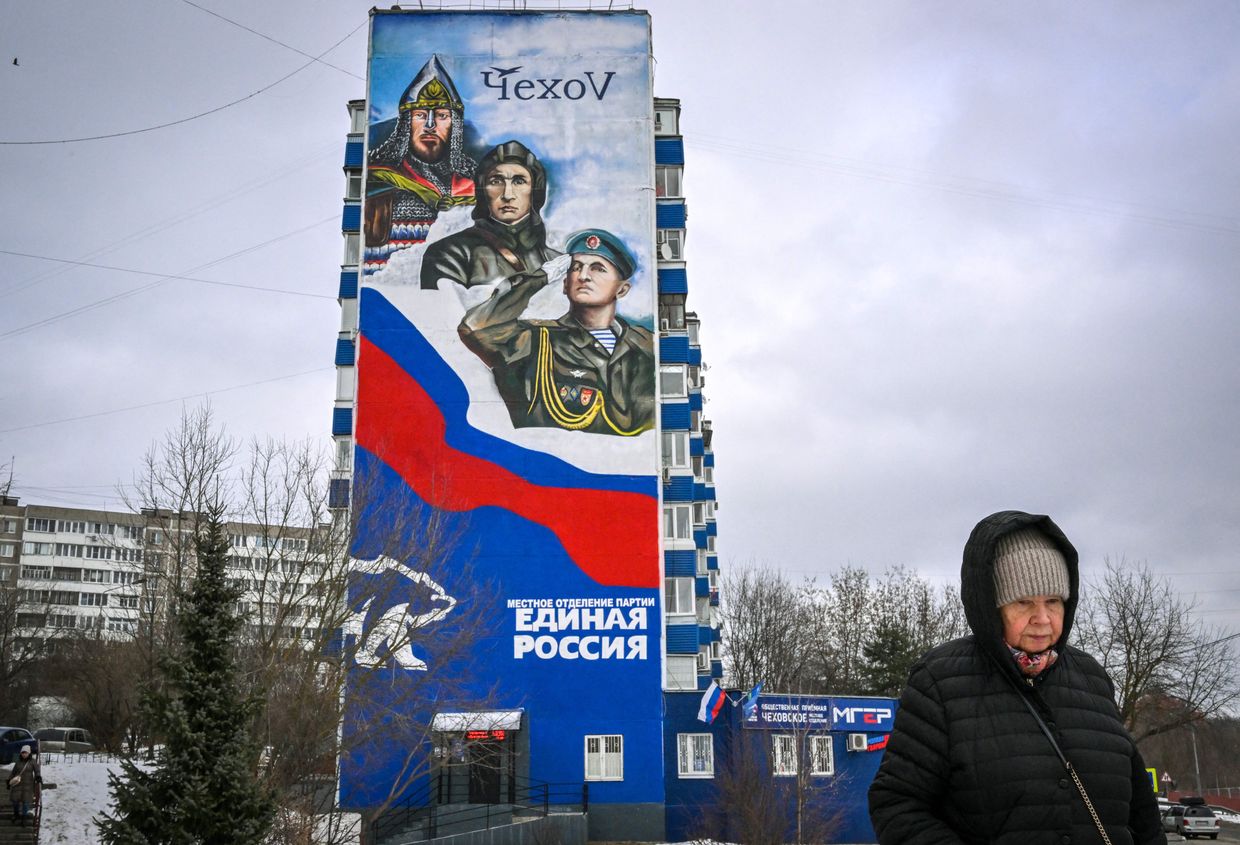
And one of the biggest obstacles to achieving this goal is the war in Ukraine, though it’s more complicated than simply having fewer men around to father children.
“The number of dead soldiers, especially given how many of them are 40 to 60-years-old, is not the crucial thing here,” Balzer says, adding: “The crucial thing is what it's doing to Russian society.”
Balzer points to the soaring rates of PTSD and alcohol and drug addiction among Russian soldiers returning home, as well as an increase in murder and violent crime incidents involving veterans.
“That's an environment where people are not anxious to have more children,” Balzer says.
The ‘Russian paradox’
Declining populations and low TFRs are not problems faced only by Russia — many developed nations currently have TFRs below 2.1, including the U.S. (1.7) and the U.K. (1.6).
“The whole world is facing what might be a 25% decline in population by the end of the century, but Russia is going to be a lot worse,” Balzer says. “Some demographers are suggesting that Russia's population in 2100 will be half of what it is today.”
“It doesn't have to be, but if Putin wants to keep fighting this war, it is going to make it a lot worse.”
Aside from declining birth rates, there’s also what Eberstadt refers to as the “Russian paradox.”
While the populations of developed nations, even while in decline numerically, continue to innovate and contribute to the fields of science, technology, and general progress, Russia remains somewhat of a backwater despite having relatively high levels of education.
“There's a huge pool of talent in (Russia), really impressive talent,” Eberstadt says. “What's mysterious, if not bizarre, is how little of that talent nowadays translates into productive knowledge or into economic wealth.”
Faced with half the current population, Russia will struggle even more to be what Balzer referred to as a “viable country.”
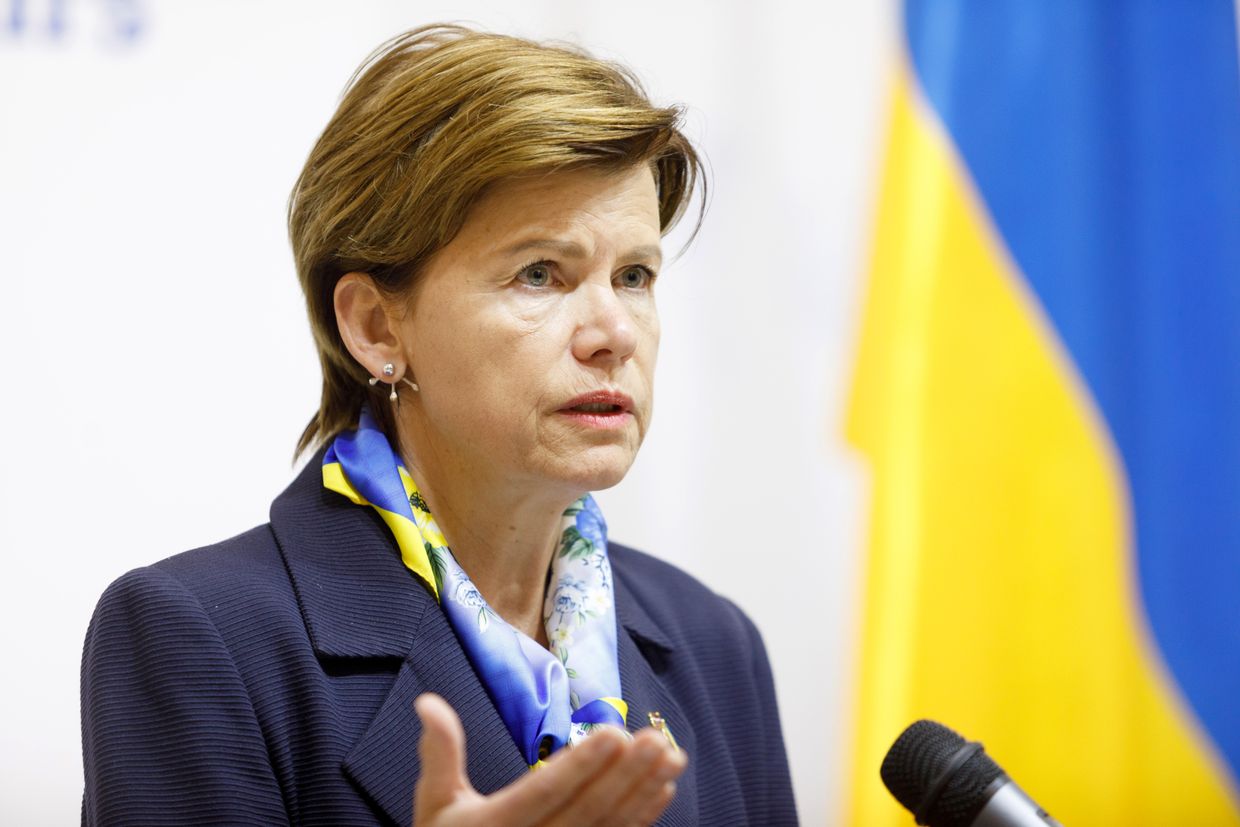
What does this mean for the war in Ukraine?
Although the future looks bleak for Russia, any negative effects of an impending demographic crisis are unlikely to occur soon enough to stop its ongoing full-scale invasion of Ukraine.
“If Putin is all out… then he doesn't really care (about the demographic crisis),” John Foreman CBE, the U.K.'s former defense attache in Moscow from 2019 to 2022, told the Kyiv Independent. “Putin's willing to sacrifice absolutely everything for the front.”
“And it seems to me that they have just about enough troops and volunteers and others to keep the fight going. It's not about absolute numbers, it's about relative numbers, and at the same time, Ukraine is suffering its own problems,” he adds.
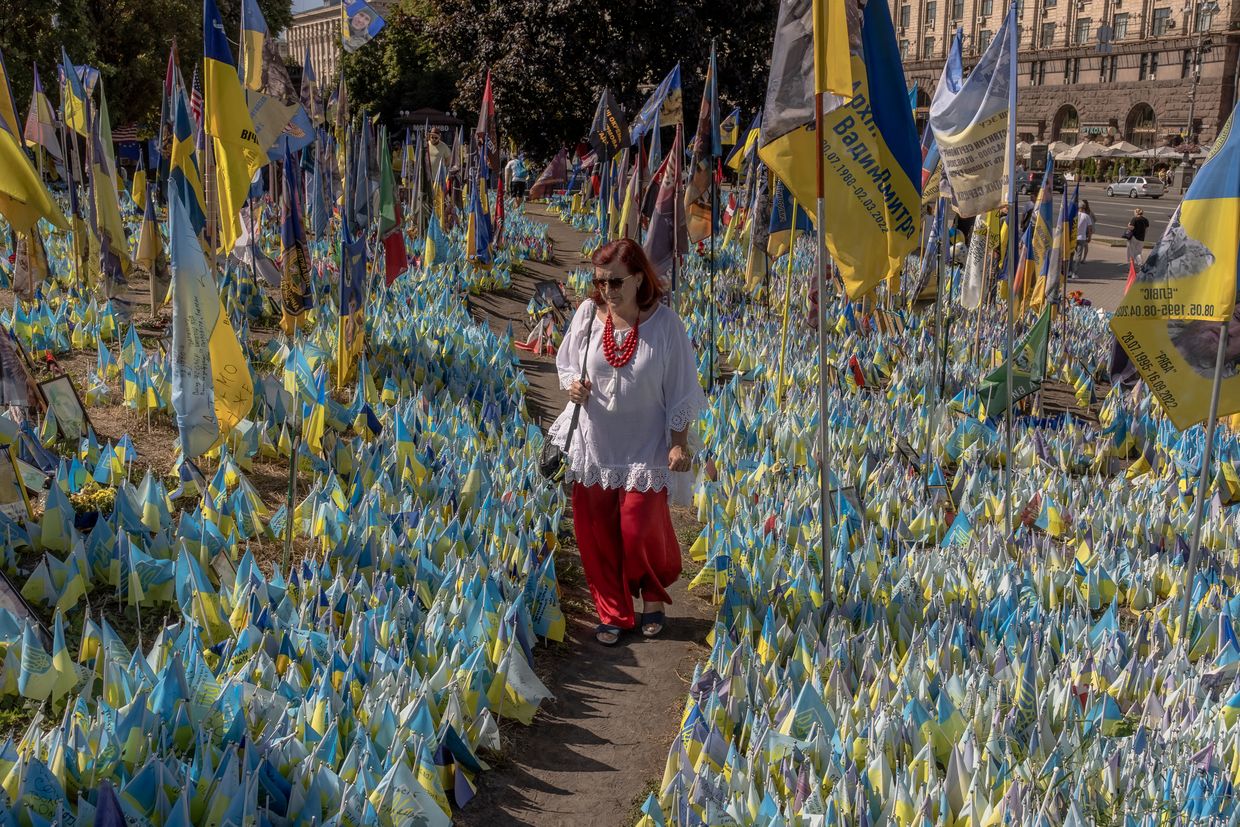
Ukraine also faces its own demographic crisis, albeit one largely forced upon it by Russia.
Ukraine's population has declined by over 10 million since Russia first invaded in 2014 and fell to an estimated 37 million by January 2024.
“It's a race to the bottom,” Foreman says, adding: “It's basically which side can stay in the longest.”
